Helen Chadwick: A Revolutionary Artist Who Redefined Feminine Expression
Yorkshire, renowned for its expansive skies and deep emotional resonance, plays host to two compelling exhibitions: a showcase of Helen Chadwick’s work at the Hepworth Wakefield and Lynette Yiadom-Boakye’s inaugural curatorial effort at the Leeds Art Gallery. These exhibitions not only spark thought but also invite viewers to reconsider the narratives surrounding female expression in art.
Helen Chadwick (1953-1996) was a dynamic figure in the art world whose influence remains significant, even after her untimely death at the age of 42. For years, her contributions were overshadowed, but current exhibitions are shedding light on her innovative approaches, underscoring her foresight and the potent impact of her work. The display in Wakefield reveals how her artistic vision transcended norms.
Chadwick’s creative domain largely centered on the female body—its textures, symbolism, and fluids. The exhibition opens with a striking fondue fountain, oozing melted chocolate, setting a playful yet provocative tone. In one of her pieces, a playful poem positioned low on the wall reads, “Drink me harder, my delight / swell to my bursting pretty sluice / And piss a posy / deeper, dear”. This exhibition resists the confines of traditional artistic expression, embracing a decidedly experiential approach.
Essentially a retrospective, the show intricately details Chadwick’s remarkable career. Despite its brevity, her oeuvre is showcased effectively at this event, reflecting her ongoing commitment to discussing the complexities of women’s experiences.
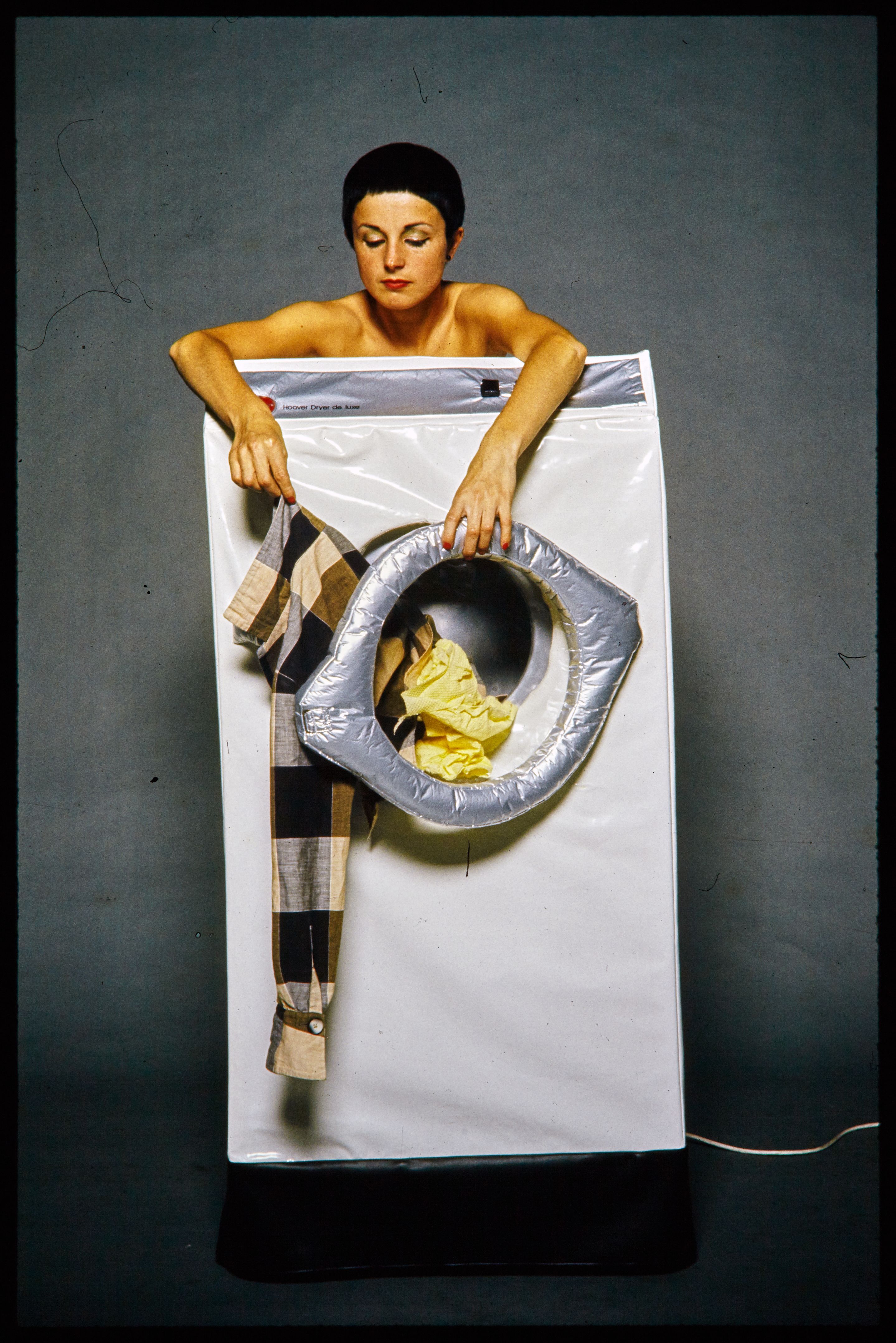
In an early performance titled In the Kitchen at Chelsea College of Art in 1977, Chadwick ingeniously crafted costumes based on household appliances: a washing machine, a fridge, and a cooker. Posing nude in these outfits while slightly revealing her body, she powerfully critiqued the concept of female domesticity while also celebrating sexual energy, blending humor with depth.
Nudity appeared frequently in her works, presenting ambiguity regarding whether it served as a critique of societal norms or was simply a personal expression. The exhibition dives deeper into Chadwick’s exploration, moving from the exterior presentation of the body to a focus on internal elements—organs and viscera included.
Among her more provocative pieces is Piss Flowers (1991-92), a collection of white sculptures resembling tiny stalagmites, which are actually casts formed by Chadwick’s urine melting through snow. These white structures, arranged harmoniously, evoke a sense of growth akin to nature.
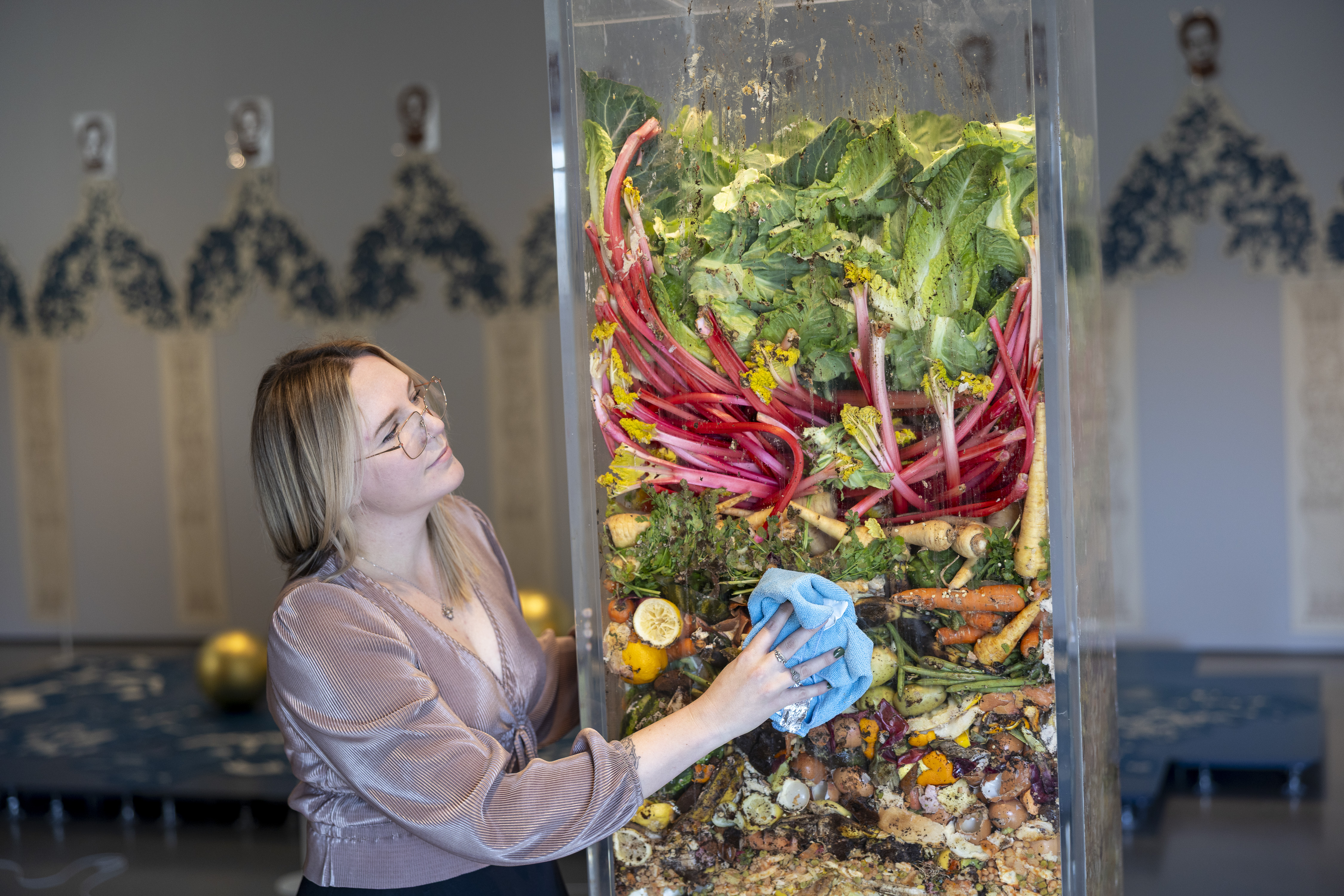
Another significant installation, Carcass (1986), features a glass tower filled with decaying plant matter that emits sounds and movements as it decomposes. This visually arresting piece captures the essence of life and mortality, offering a powerful metaphor for human existence.
Chadwick’s work resonates particularly strongly with contemporary feminine art movements that challenge societal taboos and embrace authenticity. Her aim was to find beauty in what many deem unpalatable, an ambition vividly displayed through her artistic exploration of bodily fluids and organic decay.
Similarly, Yiadom-Boakye’s exhibition at Leeds Art Gallery presents a curated selection that embodies quiet yet impactful artistry. Titled To Improvise a Mountain, a nod to one of Yiadom-Boakye’s own poems, her collection emphasizes that art does not always need to be loud to create resonance.
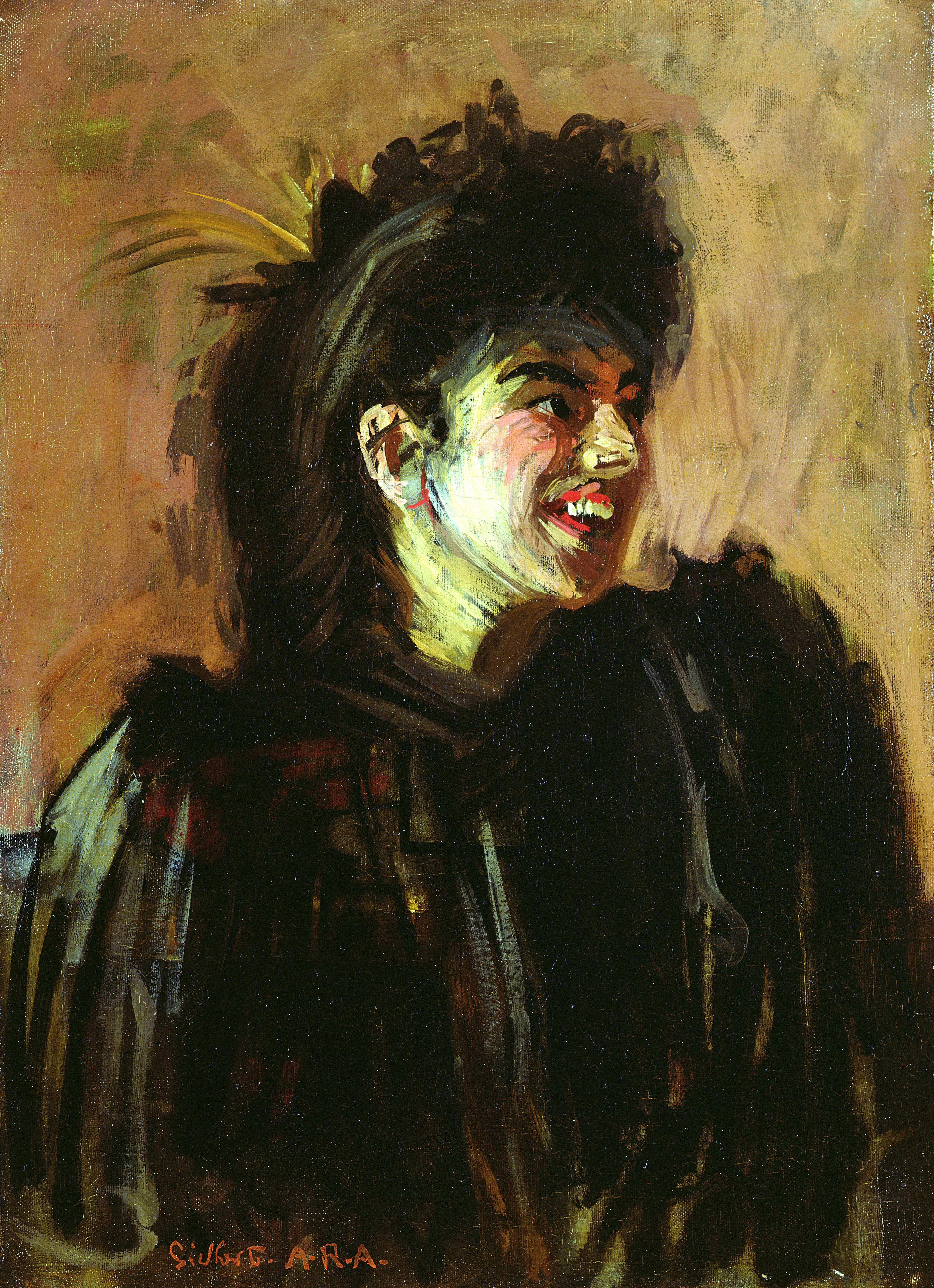
Her choices echo influences from notable artists like Édouard Vuillard and Pierre Bonnard, whose works evoke intimacy through fuzzy domestic settings and contemplative landscapes. Additionally, Yiadom-Boakye honors innovative contemporary voices, particularly those of marginalized artists whose practices advocate for social change while reflecting vibrant lived experiences.
The blending of historical homage and modern activism in Yiadom-Boakye’s selections not only captivates but also provides a window into her artistic psyche. As an enigmatic and introspective painter, understanding her influences enriches the viewer’s appreciation of her own nuanced work. The exhibitions, featuring Chadwick at the Hepworth Wakefield until October 27 and Yiadom-Boakye at Leeds Art Gallery until October 5, offer essential insights into the evolution of female representation in art.
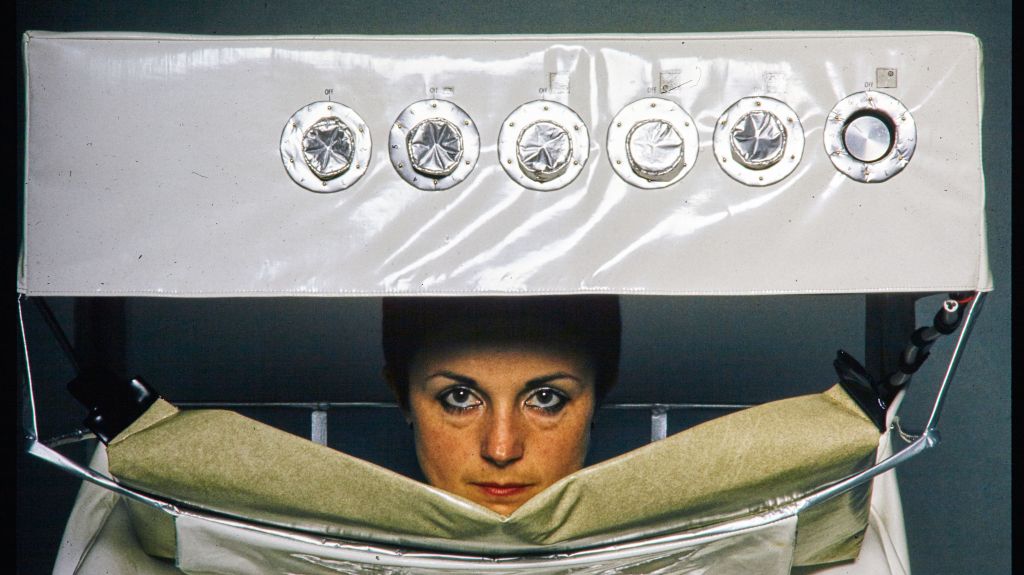
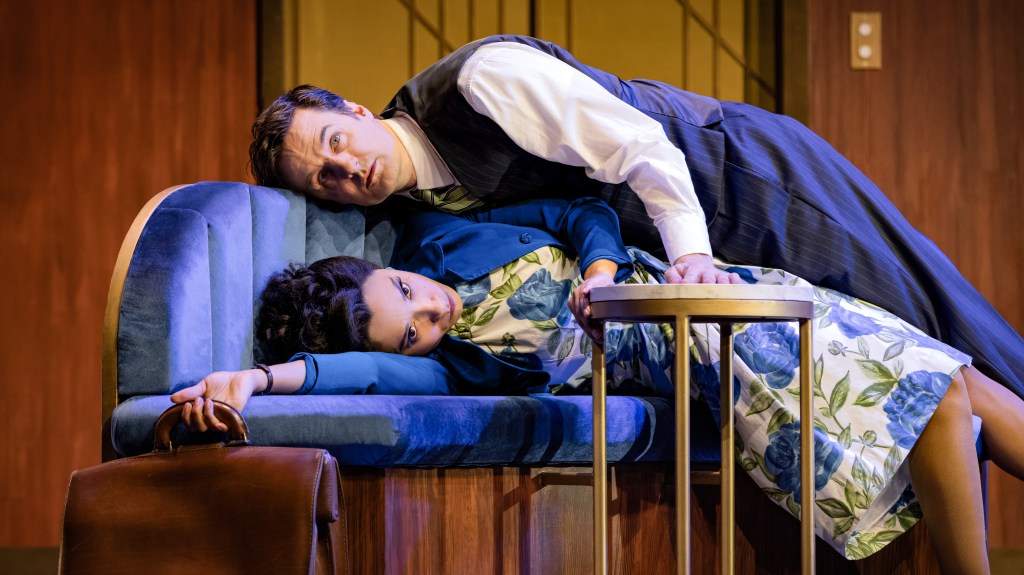
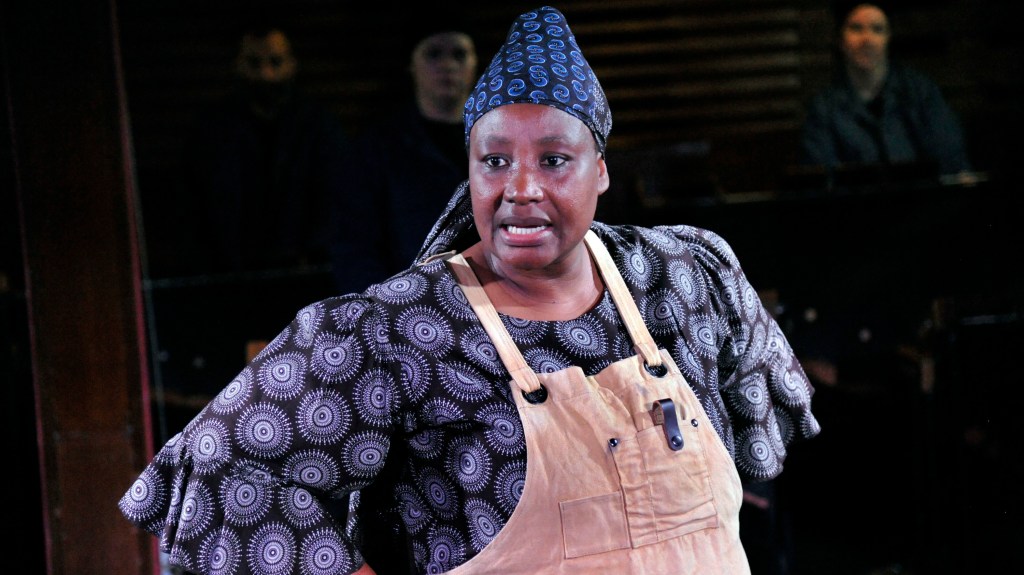
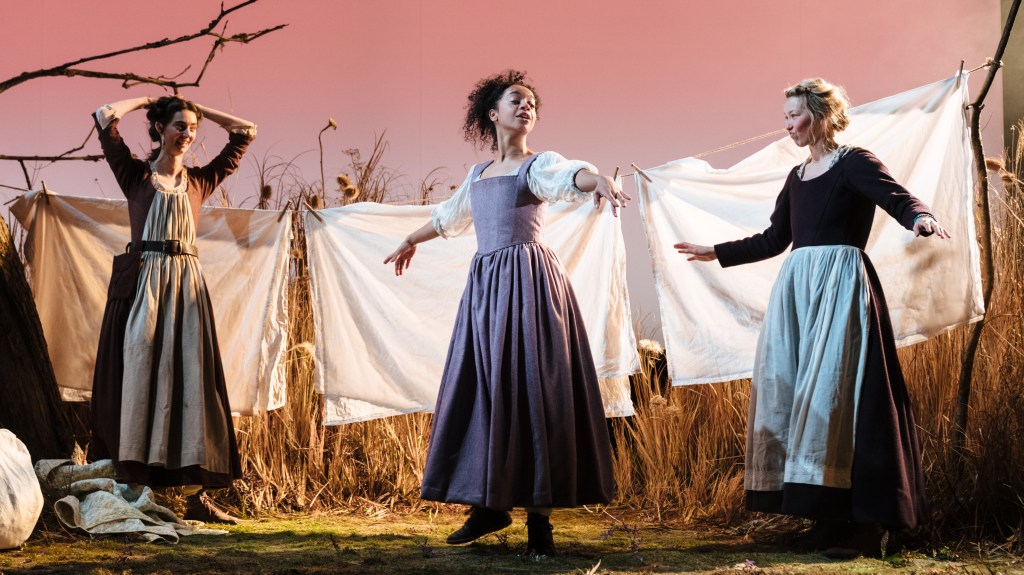
Post Comment